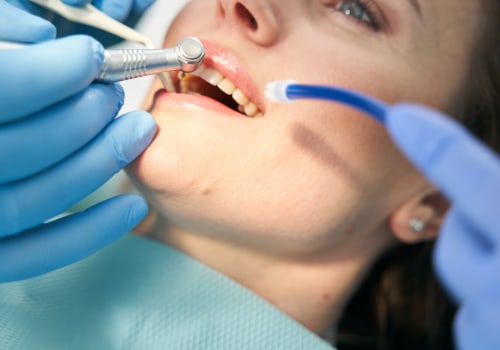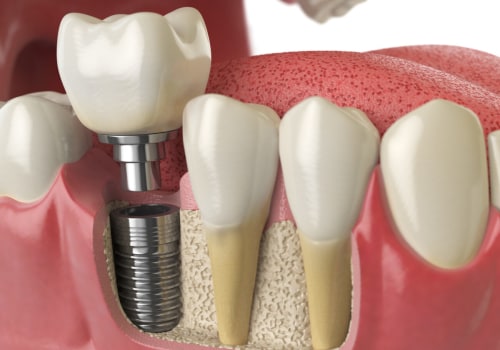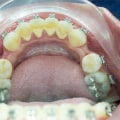Early signs of periodontal disease, also known as gum disease, can be subtle and easy to miss. Swollen, tender, and reddish or purplish gums are common indicators of the condition. You may also notice a build-up of plaque on your teeth. As the condition progresses, you may experience loose teeth and pus along the gum line.
Symptoms of the second stage are similar to those of gingivitis. It's normal to have red and swollen gums, bad breath, and bleeding gums, but not everyone has symptoms. Mild periodontal disease can be treated with deep cleaning and improved oral hygiene. Advanced periodontitis is a major cause of tooth loss in adults and is characterized by painful abscesses that result from infection that spreads below the gums.
Treatment for moderate periodontal disease involves deep cleaning to remove plaque and tartar below the gum line. In some cases, bone grafting is necessary to help restore the jaw after serious periodontal disease. As the gums become more inflamed, they begin to separate from the teeth, forming spaces known as periodontal pockets. Periodontitis is the name of the most advanced periodontal disease and, if left untreated, not only will the gums be affected but also the bone structures that support the teeth.
Advanced periodontitis is characterized by painful abscesses and severe bone loss due to infection spreading below the gums. The signs and symptoms of gingivitis and periodontitis are similar because both are forms of gum disease. During this second phase, patients have gaps around their teeth that measure 4 to 5 mm and are officially diagnosed with mild periodontal disease or gingivitis. Periodontal disease is a leading cause of tooth loss in the world (more than dental caries), with an estimated 60% of people suffering from some form of gum disease.
If periodontal disease isn't stopped in its early stages, the gums can move farther away from the teeth and bacterial infection can spread more deeply. As inflammation increases, it causes the gums to separate from the teeth and form spaces known as periodontal pockets. Left untreated, periodontal disease can lead to tooth loss and increases the risk of stroke, cardiovascular disease, and type 2 diabetes. Gum disease, more formally known as gingivitis or periodontitis, is an infection that damages the soft tissue of the gums.
When plaque and tartar are not removed, it can lead to the initial stage of periodontal disease: gingivitis.








